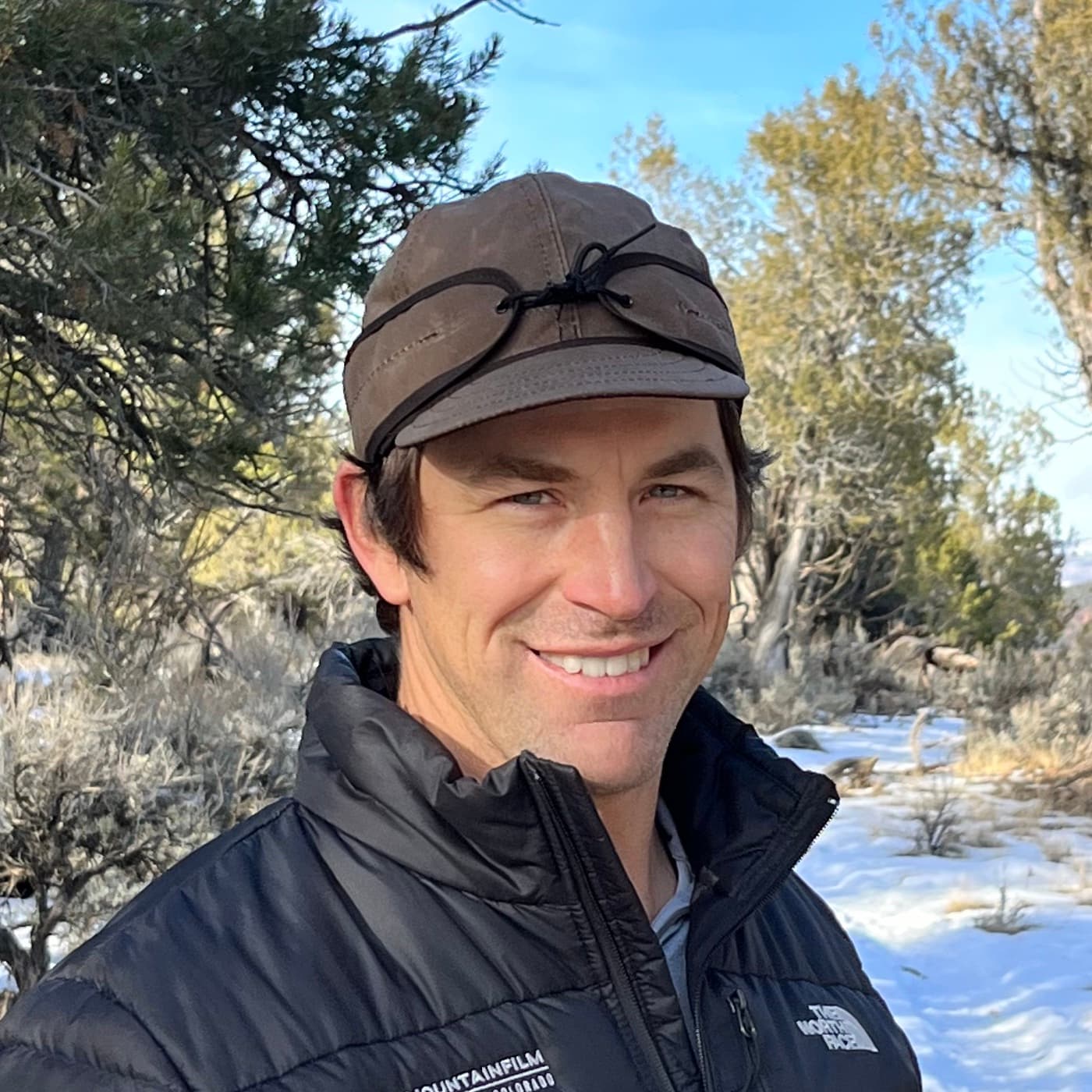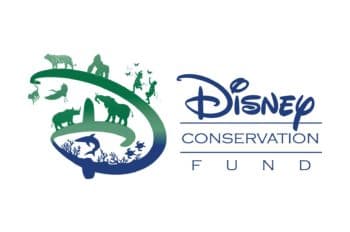 Photo by: Carlton Ward Jr.
Photo by: Carlton Ward Jr.Highlands/Glades Black Bear Ecology
Studying the ecology of the black bear subpopulation of Highlands & Glades Counties in South-Central Florida
Nearly a century of isolation and presumed small population size reduced genetic integrity of the Highlands-Glades bear subpopulation which persists in a severely fragmented landscape. Using GPS telemetry and noninvasive systematic hair sampling, Archbold and collaborators at the University of Kentucky and Florida Fish and Wildlife Conservation Commission are providing critical data on black bear movements and home range characteristics, demographic information such as density and abundance, and food habits.
Major Findings & Impact
The black bear subpopulation of Highlands & Glades counties (HGS) inhabits a severely fragmented landscape. Nearly a century of isolation and small population size reduced genetic integrity of the HGS black bear subpopulation and likely contributes to a small population size (N of 92; 95% CI: 51-152), and low density for the available habitat (D of 0.041 bear/km2 [95% CI: 0.023-0.068]) according to research by the University of Kentucky conducted 2010-2012 (Murphy et al. 2017a). An analysis of food habits among HGS bears revealed dietary reliance on anthropogenic foods, particularly foods related to game feeders. Our results, combined with the continuing loss of habitats which support the soft and hard mast foods at the foundation of most black bear diets, suggest the HGS black bear is in need of conservation action to protect and restore habitat and habitat connectivity, as well as management actions which reduce the potential for human conflict over sources of anthropogenic food items (Murphy et al 2017b).
Project Details
More about this project
Primary Location(s)
Privately-owned ranchlands, Archbold Biological Station, as well as existing conservation reserves (managed by FWC, USFWS National Wildlife Refuges, Florida Park Service, and others) in Highlands and Glades Counties
Years Active
2004 – 2012, 2023-present
Data and Analysis Types
Archbold’s black bear database includes extensive GPS telemetry and capture data, spatially explicit capture-recapture data, DNA analysis, and food habits



.jpg&w=3840&q=75)

